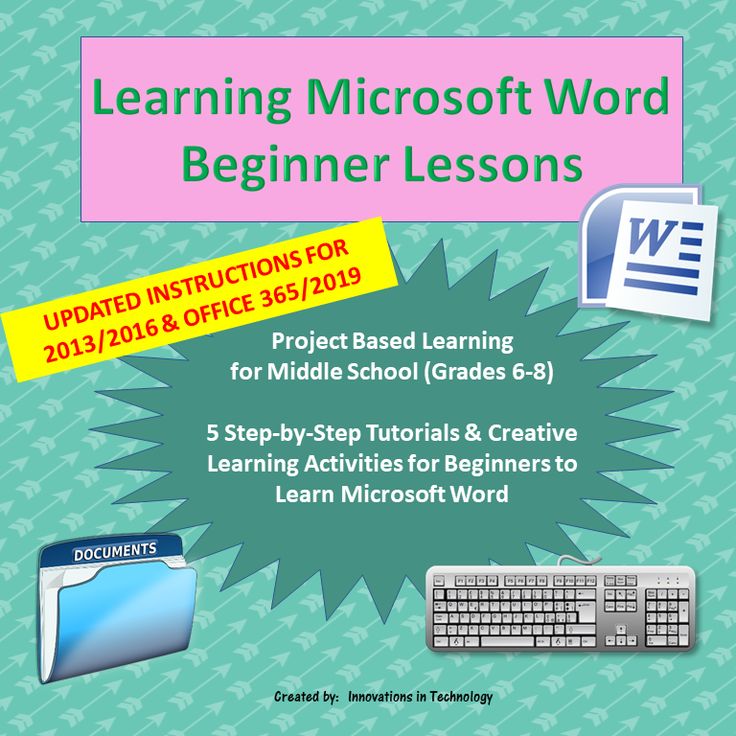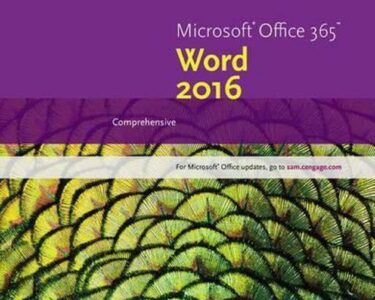
Successful Learning Strategies in English with Microsoft Word
Microsoft Word, a ubiquitous software tool for document creation and editing, offers a plethora of features and capabilities that can significantly enhance English language learning. By leveraging the advanced functionalities of Word, learners can develop effective strategies to improve their reading, writing, grammar, and vocabulary.
1. Using Word as a Reading Companion:
Word provides users with a variety of ways to interact with text, making it an excellent tool for active reading. Learners can:
- Highlight and annotate: Mark important passages, vocabulary, or grammar points with colors and notes.
- Track changes: Enable the Track Changes feature to follow revisions and comments made by instructors or fellow learners.
- Define words: Use the built-in dictionary to define unfamiliar words and expand vocabulary.
2. Enhancing Writing Skills:
Microsoft Word’s writing tools help learners produce high-quality written content. They can:
- Check grammar and spelling: Utilize the grammar and spell checker to identify and correct errors in syntax, punctuation, and spelling.
- Use templates: Access pre-built templates for various writing styles, such as essays, stories, and reports, to ensure proper structure and formatting.
- Collaborate with peers: Share documents with others and use comments and revisions to provide and receive feedback.
3. Improving Grammar Knowledge:
Word offers built-in grammar rules that learners can leverage to enhance their understanding. They can:
- Analyze sentence structure: Use the Grammar Check feature to identify and correct errors in sentence structure, verb tense, and subject-verb agreement.
- Create grammar exercises: Generate custom grammar exercises by selecting specific rules and creating interactive gaps for learners to fill in.
4. Expanding Vocabulary:
Word provides a range of features that aid in vocabulary building. Learners can:
- Lookup synonyms and antonyms: Use the Thesaurus feature to find alternative words and expressions that enrich their writing.
- Build vocabulary lists: Create custom vocabulary lists by adding words from texts or personalized sources.
- Play vocabulary games: Engage in interactive vocabulary games provided by Word to improve retention and recall.
5. Customizing Learning Experience:
Word allows learners to tailor the learning experience to their individual needs. They can:
- Set learning goals: Use the goal-setting feature to track progress and establish specific language learning objectives.
- Create personalized dictionaries: Add customized words or technical terms to personal dictionaries to facilitate writing and reading.
- Customize keyboard shortcuts: Create custom keyboard shortcuts for frequently used commands to enhance efficiency.
Conclusion:
By incorporating Microsoft Word into their English learning strategies, learners can leverage its advanced features to improve their reading comprehension, writing abilities, grammar knowledge, vocabulary, and overall language proficiency. Whether they are students, professionals, or lifelong learners, Word empowers them to create a personalized and effective learning environment.


